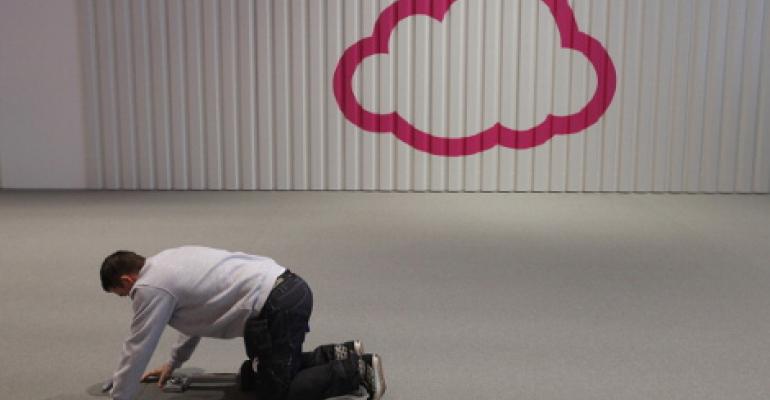At this point, almost every modern data center will have worked with some type of virtualization technology. The modern hypervisor has come a long way from its predecessors. Leading virtualization platforms offer enterprise-ready technologies capable of consolidating infrastructure and helping it grow harmoniously with other tools. Many products provide virtualization-ready support for a variety of workloads. We're using entire virtual appliances to serve specific functions like load balancing and even advanced security integration.
As virtualization continues to improve, however, you do have to pay special attention to the hardware underneath. Remember, better hardware means more VMs per host, better app density, more efficiency, and optimal virtualization management. This means more users can be handled with less hardware and physical resources, such as power, cooling, and data center space. All of this translates into cost savings.
Now, let’s look at the virtual side of things:
- Using virtual images, administrators are now able to move their workloads between distributed sites, ensuring the longevity of their data. Creating highly replicated hot sites, for example, becomes easier with mature built-in technologies that come directly with the hypervisor.
- Integration with storage systems is now a normal practice in virtualization management where data deduplication and backup comes standard with a given hypervisor. Remember to utilize storage optimization from the hypervisor level when working with various storage repositories. For example, different VM policies for flash and for spinning disk.
When working with virtualization, you have to understand the following:
- Sizing and scaling an environment will be very important. Initial planning stages are crucial to making the right hardware and resource decisions. Not having enough to support your user count can be much more costly to resolve after a system has gone live.
- Remember, as with any physical resource, the capabilities of your network, storage, and compute are finite. This means administrators must carefully watch how their virtual workload is operating and where their resources are going. Too often, administrators over-provision a VM only to see most of the resources go unused.
- Testing and maintenance are always important in virtualization management. Remember to manage logs, VM health, and accessibility regularly. This means performing off-hours DR testing to ensure production systems stay live.
Endpoint Virtualization and Optimization
Remember, virtualization isn’t just happening at the server level. We’re also seeing advancements around endpoint virtualization and content delivery. By virtualizing the endpoint, IT administrators are able to accomplish several tasks:
- Minimize end-point hardware footprint
- Convert to a thin-client environment
- Centrally manage all desktop images
- Deploy desktops or workloads to any device with internet connectivity
- Secure golden images against tampering and deploy those as needed to numerous locations simultaneously
Virtual Desktop Infrastructure is a powerful solution, but there must be a need for it. Some organizations are looking to VDI to help with compliance issues. Others see that a complete PC hardware refresh is much too expensive. In these situations, converting to a thin-client environment and then pushing down desktop images through VDI becomes a viable solution.
When working with endpoint virtualization, there are two core delivery methods that need to be understood: application virtualization and desktop virtualization.
- With application virtualization we still potentially keep the endpoint but deliver all of the necessary applications from a centralized platform.
- In a VDI environment we look to completely virtualize the desktop and deliver that to the end user. Although the image exists on a server, to the end-user, the environment seems truly transparent. Advancements in networking and storage technologies allow virtual desktops to be pushed down quickly and seamlessly.
- There is also a hybrid approach, where an environment has both a virtualized application setting as well as VDI deployed to their end user. One server environment manages the applications, while the other delivers the desktop. In these scenarios we have a true separation of duties and a granular control over the entire workload.
In working with new levels of virtualization, organizations must be ready to support their users. This means creating capabilities around mobility and productivity. Whether at the server level or within the application or desktop, virtualization can create powerful efficiencies for the entire data center. Most of all, you create new use cases that help the business stay agile in a very fluid market. This level of agility allows you to quickly adapt to changing demands as you support an increasingly diverse user.





